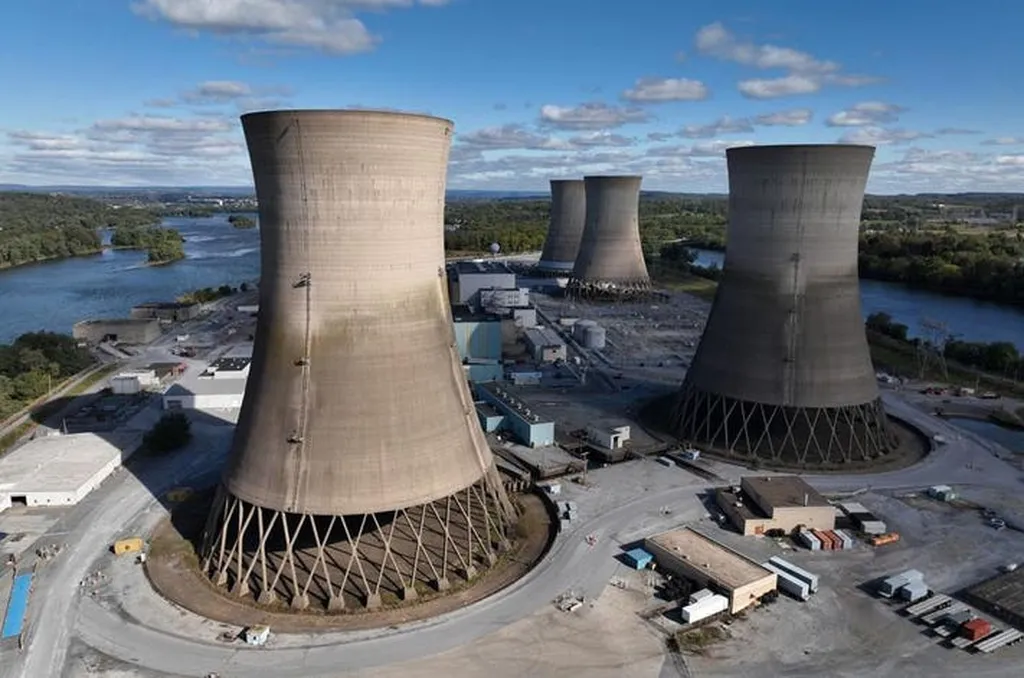In the quest for more efficient and sustainable cooling solutions, researchers are turning their attention to cooling towers, a technology that has been quietly humming away in industrial and domestic settings for decades. A recent review published in the Journal of Refrigeration and Air Conditioning, led by Yu Zhikang, offers a comprehensive look at the current state and future potential of cooling tower technology, with implications that could resonate throughout the energy sector.
Cooling towers, which dissipate waste heat by evaporating water, are a staple in many industrial processes and building cooling systems. They’re known for their effectiveness, durability, and cost-efficiency. But as Yu and his team point out, there’s still plenty of room for improvement. “Cooling towers are widely used, but their performance can be significantly enhanced through various optimization strategies,” Yu notes.
The review, which synthesizes recent domestic and international studies, highlights several avenues for performance optimization. These include model optimization, which involves improving the mathematical models used to predict cooling tower performance; structural optimization, which focuses on enhancing the physical design of cooling towers; and operational optimization, which aims to refine the way cooling towers are operated to maximize efficiency.
One of the most intriguing aspects of the review is its exploration of cooling towers’ potential applications beyond traditional industrial and building cooling. For instance, the authors suggest that cooling towers could play a role in carbon capture and waste heat recovery, two areas of growing importance in the energy sector. “By integrating cooling towers with other technologies, we can unlock new possibilities for energy efficiency and sustainability,” Yu explains.
The commercial impacts of these findings could be substantial. More efficient cooling towers could lead to significant energy savings for industries that rely on cooling processes, such as power plants, chemical plants, and petrochemical refineries. Moreover, by enabling more effective carbon capture and waste heat recovery, optimized cooling towers could contribute to the development of a more sustainable energy sector.
However, the authors also acknowledge that challenges remain. As Yu puts it, “While significant progress has been made, there are still hurdles to overcome in terms of technology, policy, and market factors.” These challenges notwithstanding, the review offers a roadmap for future developments in cooling tower technology, one that could pave the way for more efficient, green, and stable cooling systems.
For energy professionals, the takeaway is clear: cooling towers are more than just background players in the energy sector. They’re a technology with vast untapped potential, one that could help shape the future of industrial cooling and contribute to the broader goals of energy efficiency and sustainability. As the energy sector continues to evolve, cooling towers may well find themselves in the spotlight.

